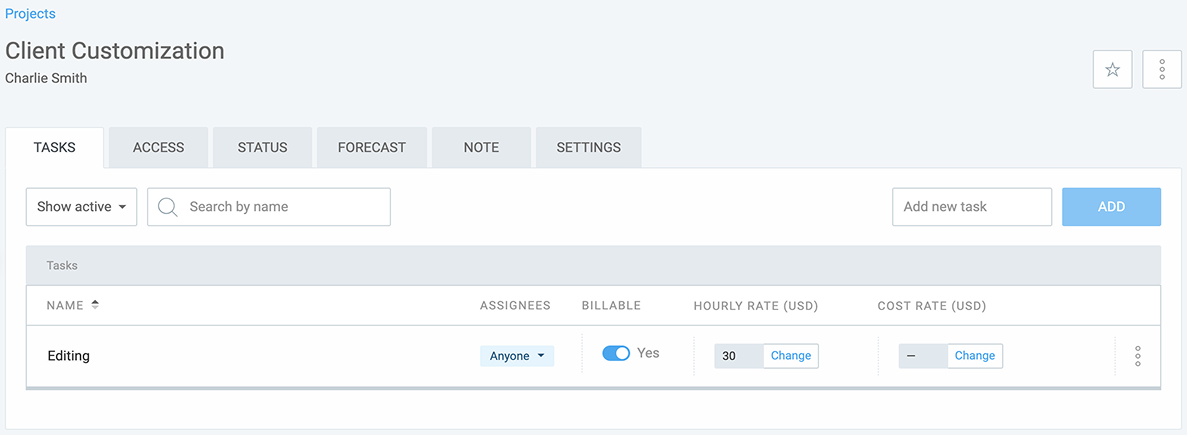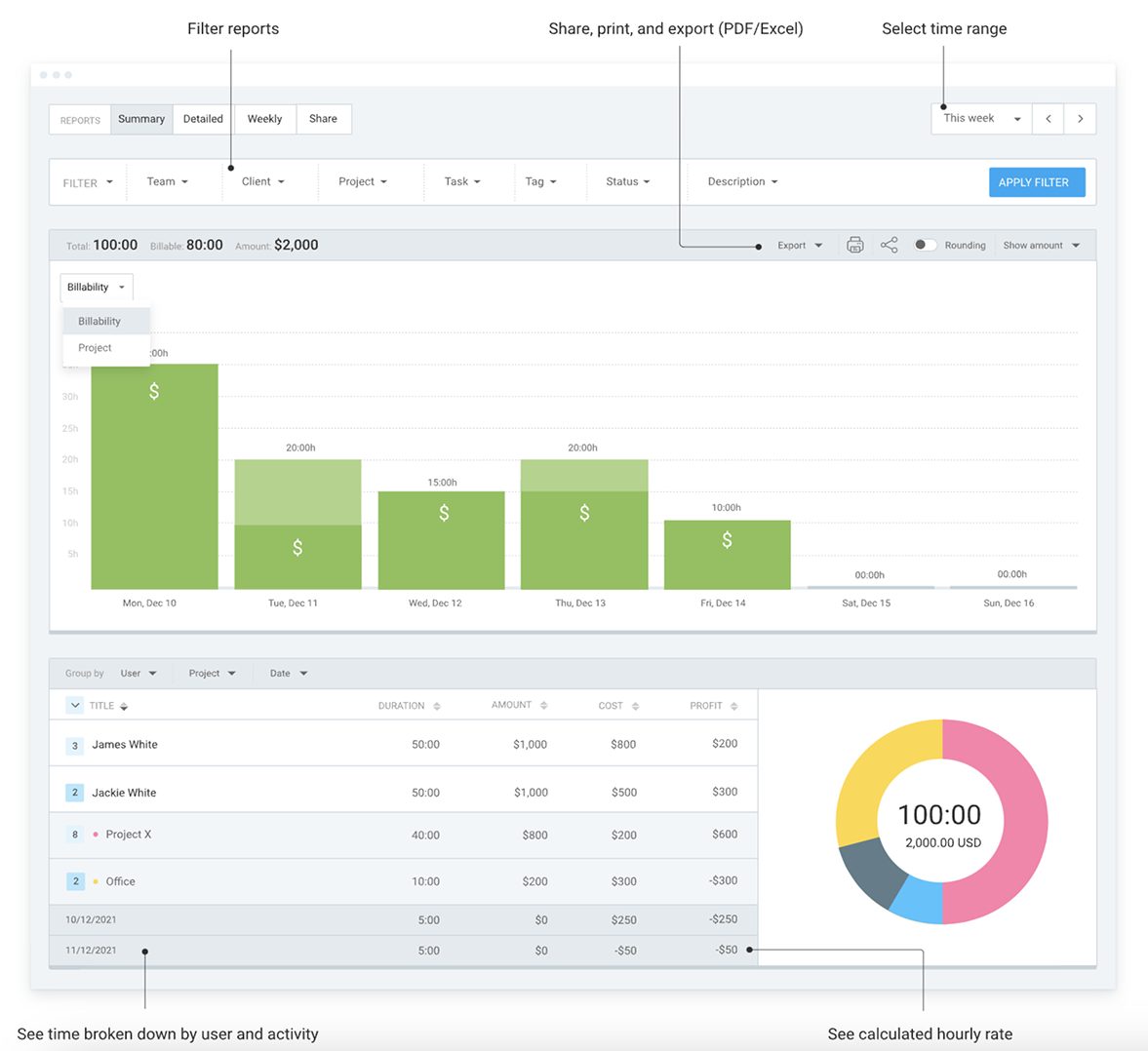Is it necessary to provide a notice to separated employees in the United States?
What are federal and state separation notice requirements?
If you’re struggling to answer these questions, don’t worry — we’ve got you covered. As a US employer, you must be familiar with every relevant labor regulation in the country, including separation notice rules.
So, in this guide, we’ll explore:
- United States employment separation notice regulations,
- Separation notice requirements by state for 2025, and
- Separation notice forms employers must provide to all separated employees.
*Note: The information regarding separation notice requirements laws and regulations by state has been checked and updated for 2025.

- The separation notice is a formal document that employers provide to their employees when their employment ends. It usually informs separating employees of details regarding the reason for termination, final paycheck, and unemployment insurance benefits.
- Federal law doesn’t require employers to issue separation notices upon termination (except for cases involving workers protected by the WARN and the COBRA Act).
- Currently, 22 states have specific requirements concerning job separation notices.
- The most common reasons for employment separation include resignation, policy violation, and layoff.
- The length of the separation process usually depends on the steps specified by the company policy.
What is a separation notice?
A separation notice or letter of separation is a legal form stating the end of a working relationship between an employer and an employee.
In the US, employee separation notices are typically connected to unemployment insurance (UI) benefits. The UI program provides financial assistance to employees who are unemployed “through no fault of their own.” The exact rules for accessing insurance depend on the state.
For instance, certain states require employers to inform workers of the necessary steps for accessing those benefits or fill in actual forms and provide them to workers to enable them to receive UI.
Depending on the state, information about unemployment insurance benefits must be written on a poster displayed in the workplace. Alternatively, some states require employers to distribute separation notices to employees upon termination.
What are federal separation notice requirements?
The federal law doesn’t contain any general legal requirements regarding separation notices. Thus, each state has the right to enforce its own separation notice rules.
However, there are 2 exceptions regarding notice requirements upon employment termination:
- Workers covered by the Worker Adjustment and Retraining Notification Act (WARN), and
- Employees covered by the Consolidated Omnibus Budget Reconciliation Act (COBRA).
The WARN Act protects workers in the event of plant closings and mass layoffs. For these types of layoffs, employers are required to provide a notice of 60 calendar days.
On the other hand, the Consolidated Omnibus Budget Reconciliation Act (COBRA) covers private sector group health plans. According to the US Department of Labor, this act applies to employers who had at least 20 employees that worked on more than “50% of its typical business days in the previous calendar year.”
In essence, COBRA offers a continuation of health coverage after termination of employment and is available in the following events:
- Employee’s death,
- Worker’s job loss or work hours reduction (excludes gross misconduct),
- A covered employee’s entitlement to Medicare,
- A worker’s divorce or legal separation, and
- A child’s loss of dependent status (and coverage) under the plan.
If an employer uses a third-party COBRA plan administrator (a person responsible for ensuring that a business complies with COBRA law), they must inform the administrator of the employee’s termination within 30 days after such an event. The administrator then has to notify the employee of their COBRA rights within 14 days. In case the employer is the plan administrator, they have 44 days to issue the COBRA election notice to the employee.
🎓 To learn more about the Fair Labor Standards Act (FLSA) and how to stay compliant with FLSA, read the following resource: Fair Labor Standards Act (FLSA) Regulations
Separation notice requirements by state for 2025
Currently, 22 states have specific employment separation requirements for employers. Some compel employers to fill in separation forms, while others require employers to only inform workers of their right to unemployment coverage.
The table below shows states with specific employee separation notice requirements as well as the links to the forms employers must provide in the event of job separation:
| State | Separation notice requirements | Separation notice or separation form | Consequences of non-compliance with separation notice requirements |
|---|---|---|---|
| Alabama | Upon separation, employers are required to provide separating employees with a Notice of Availability of Unemployment Compensation in the form of a letter, text, email, or a flyer. | Notice of Availability of Unemployment Compensation | Failure to timely provide information regarding the reason behind the separation to the Alabama Unemployment Compensation Agency may result in higher charges against the employer’s account. |
| Alaska | Employers must provide separating employees with a notice on the availability of unemployment benefits within 7 days after their last workday. | Notice to Employees | Failure to timely provide employee separation information to the Alaska UI claim center may result in improper benefit payments and higher tax rates. |
| Arkansas | Employers are required to provide separating employees with a notice on the availability of unemployment benefits. | Notice to employee | Failure to timely provide employee separation information to the Arkansas Division of Workforce Services may result in higher charges against the employer’s account. |
| Arizona | Upon separation, employers are required to provide separating employees with a printed statement explaining how to file for unemployment benefits. | UIB-1241A | Failure to timely provide employee separation information to the Arizona Department of Economic Security may result in higher charges against the employer’s account. |
| California | Employers must provide separating employees with immediate written notice along with the following pamphlets: – DE 2320, – DE 2515, and – DE 2511. | Notice to employee as to change in relationship (No written notice required in the event of a voluntary quit, promotion or demotion, change in work assignment or location, or if work stopped due to a trade dispute) | Non-compliance shall constitute a misdemeanor. Failure to timely provide employee separation information to the California Employment Development Department may result in improper benefit payments and higher tax rates. |
| Colorado | Employers must provide separating employees with the completed separation form, in electronic or hard copy format. | 22-234 | Failure to timely provide employee separation information to the Colorado Department of Labor and Employment may result in improper benefit payments. |
| Connecticut | Employers must give the unemployment insurance separation packet to the separating employee or mail it to the employee’s last known address (if unable to provide the packet at the time of separation). | Unemployment insurance separation packet | Failure to timely provide employee separation information to the Connecticut Labor Commissioner may result in improper benefit payments. |
| Georgia | Employers must deliver the completed separation form to the separating employee on their last day of work or mail it to the employee’s last known address within 3 days of the date of separation. | DOL-800 | Failure to disclose relevant information in order to deny unemployment benefits may result in penalties (imprisonment not to exceed 1 year or a fine of not more than $1,000, or both; each such act constitutes a separate offense). |
| Illinois | Employers must give a copy of the publication “What Every Worker Should Know About Unemployment Insurance” to the employee at the time of separation or mail it to their last known address within 5 days after the date of the separation. | CLI111L (What Every Worker Should Know About Unemployment Insurance) | / |
| Iowa | Notice is not required unless the employer wants to notify the Iowa Workforce Development of an employee who leaves employment for a reason that may disqualify them from receiving unemployment insurance benefits. | Notice of Separation or Refusal of Work Regular separation notice (voluntary): 552-0772 | / |
| Louisiana | Employers must file a separation notice (online) within 3 days after the date on which the separation from employment occurred. | LWC-77 | Failure to timely provide relevant information to the Louisiana Workforce Commission may result in improper benefit payments. |
| Maryland | Employers must display posters about unemployment benefits and health insurance coverage and provide separated employees with a notice of unemployment insurance availability (either in the form of a letter, email, or text message). | A notice of availability of unemployment compensation | Failure to timely provide employee separation information to the Maryland Department of Labor may result in improper benefit payments. |
| Massachusetts | Employers must provide a copy of the pamphlet “How to File a Claim for Unemployment Insurance Benefits” to separated employees within 30 days after the separation from employment. | 0590-A | Failure to timely provide relevant information to the Massachusetts Department of Unemployment Assistance may result in higher charges against the employer’s account. |
| Michigan | Employers must provide the completed unemployment compensation notice at the time of separation unless employers are filing claims on behalf of the employee. | UIA 1711 | Failure to provide separation information to employees may result in a $10 penalty. |
| Missouri | Employers must provide the separation notice. | M-INF-288-5-AI | Failure to disclose relevant information in order to deny unemployment benefits may result in penalties (25% of the amount of benefits, and for each subsequent occurrence of fraud, the penalty rises up to 100% of the amount of benefits denied). |
| Nevada | Employers must provide unemployment claim information to employees at the time of separation. | NUCS-4139 | Failure to submit timely to the Nevada Employment Security Division all known relevant facts which may affect the employee’s rights to benefits may result in increased benefit charges. |
| New Jersey | Employers must provide employees with the completed separation form at the time of separation.As of July 2023, employers also need to electronically report separation information to the New Jersey Department of Labor and Workforce Development immediately after the employee is separated. | BC-10 | Failure to comply with separation notice requirements may result in penalties (a fine of $500 or 25% of the amount fraudulently withheld, whichever is greater; each day of noncompliance constitutes a separate offense.) |
| New York | Employers must provide the completed Record of Employment form to separating workers.Employers must inform any terminated employee of the date of termination as well as the date of cancellation of employee benefits related to such termination within 5 business days. | IA 12.3 | Failure to comply with separation notice requirements may result in penalties. |
| Pennsylvania | Employers must provide the completed separation form to separating employees and/or employees working reduced hours. | UC-1609 | Failure to comply with separation notice requirements may result in higher charges against the employer’s account. |
| Rhode Island | Employers must display poster about unemployment insurance benefits and provide notice (flyer, text, email, letter, or other communication) to separating employees of the availability of unemployment compensation at the time of separation. | Rhode Island Sample Notice (pg.2) | Fines may be imposed for non-compliance. |
| South Carolina | Employers must provide employees with a Notice of the Availability of Unemployment Insurance Benefits in person, by mail, email, or text. | Notice of the Availability of Unemployment Insurance Benefits | Failure to supply the South Carolina Department of Employment and Workforce with the reason behind the employee’s separation may result in increased benefit charges and higher unemployment insurance taxes. |
| Tennessee | Employers must provide departing employees (except for those who have been in their employ for less than a week) with the completed separation form within 1 day of separation (in person or electronically). | LB-0489 | Failure to comply with separation notice requirements may result in higher charges against the employer’s account. |
Frequently asked questions about separation notice requirements
Have you ever wondered what are the most common reasons for employment separation? What about the steps an employer has to take when a worker departs?
We’re answering the most common separation notice questions!
What are common reasons for employment separation?
Employment separation comes in many forms. Some of the most popular reasons for separation are:
- Resignation or job abandonment,
- Policy or conduct violations,
- Poor performance,
- Health issues, and
- Layoff.
How long does the process of employment separation last?
The process of employment separation depends on various factors, such as:
- Federal regulations,
- State regulations, and
- Practices established by the employer.
Generally, the length of the separation process depends on the steps the company policy specifies, including the steps involved in voluntary and involuntary departures and required termination paperwork. The separation process is usually shorter when an employee separates voluntarily.
In some states with compulsory separation notice, such as Massachusetts, employers may have up to 30 days to provide the notice. This extends the duration of the separation process.
🎓 To learn more about labor laws in Massachusetts, read our comprehensive Massachusetts labor laws guide: Massachusetts Labor Laws Guide
What should the employer do when an employee departs?
In most cases, employers go through a few general steps when a worker departs. To make things a bit easier for you, here’s an employee separation checklist:
- Inform HR about the worker’s resignation,
- Provide a separation notice within the legal timeline (if required),
- Make a plan for the transition,
- Start the process of the employee’s replacement,
- Conduct an exit interview with the separating employee, and
- Remove access to any sensitive information and collect company assets from the employee.
🎓 You can ensure that you follow every essential step in an employee separation process by creating a to-do list. Read the following text to find the best to-do list method for your needs: I Tried 6 To-Do List Methods: Here’s My Verdict
Do I need a separation notice to file for unemployment insurance?
As separation notice is not required in most states, you likely won’t need to provide the notice when you file for unemployment insurance. As for the states with obligatory separation notice, the steps for receiving unemployment insurance depend on that state’s specific rules.
Some employment separation notices only contain steps for filing the insurance claim. In that case, you likely won’t have to provide the notice upon submitting your request. In other states, employers are required to give you an exact insurance form that you have to submit when filing for insurance.
You can read more about the steps you have to go through in each state on the US Department of Labor website.
Compensate your employees fairly with Clockify
To ensure adequate compensation for all your employees, including terminated ones, make sure you track their work hours correctly.
The most effective way to track employee hours is to use a simple time tracking tool such as Clockify.
With Clockify’s work hours tracker, you can:
- Record the time your employees spend on tasks,
- Track time off,
- Set hourly rates, and
- Analyze tracked time in reports.
Also, in Clockify, you can define hourly rates for every task, project, or employee.

Once you set hourly rates, your employees can track their work hours, and Clockify will calculate their earnings accordingly.
To check who worked on what and for how long, you can use Clockify’s summary report. You can also select the time range you want the report to cover (it can be this week, past two weeks, this month, etc.).

Moreover, you can drill down into the data using filters and export it in a PDF, CSV, or Excel format.
Use Clockify to track your employees’ work hours easily and accurately.
Conclusion/Disclaimer
Hopefully, our separation notice guide for 2025 has helped you better understand the rules and regulations regarding employment separation in the United States.
To get more data on labor law regulations for each state:
- Follow the links provided as sources, and
- Visit the State Labor Laws section of our website.
Please bear in mind that this article was updated and checked in Q1 of 2025. Thus, it may not include changes introduced after it was published.
We strongly advise you to consult the appropriate institutions and/or certified representatives before acting on any legal matters.
Clockify is not responsible for any losses or risks incurred should this guide be used without legal guidance.
How we reviewed this post: Our writers & editors monitor the posts and update them when new information becomes available, to keep them fresh and relevant.

